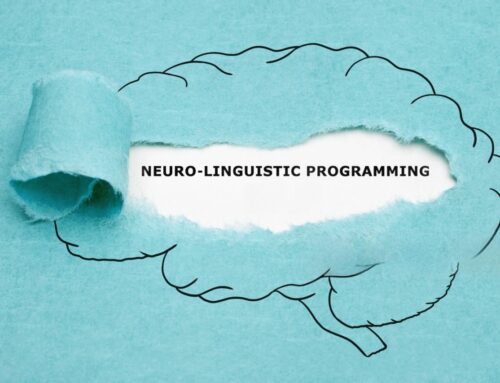Is Work-Life Balance Possible? How to Create One That Works for You
Struggling to juggle your career and personal life? You’re not alone. In this guide, we explore practical, proven strategies to achieve genuine work-life balance — without slipping into burnout.
What Is Work-Life Balance, Really?
Work-life balance isn’t about splitting your time 50/50 between work and home. Instead, it’s about creating a sustainable rhythm that allows you to thrive — both professionally and personally.
For example, balance might mean leaving work on time to enjoy dinner with family. Or, it could be having the flexibility to travel, volunteer, or rest without guilt.
Therefore, we think that the real goal is integration, not perfection.
Is Work-Life Balance Really Possible?
Yes, it is. However, it takes intention and consistency. Because balance requires clarity, you must first define what it looks like for you.
At IRNCH, many accredited coaches help clients build lives that truly work — not just at work. Moreover, they understand that it’s not about quitting your job or finding more hours in the day. Rather, it’s about:
-
Knowing your values
-
Setting healthy boundaries
-
Making empowered choices
Consequently, when you align these three, everything starts to feel lighter and more manageable.
7 Steps to Create Work-Life Balance That Lasts
Here’s how you can begin creating a life that feels balanced — and stay on track once you do.
1. Know Your Priorities
First, get clear on what truly matters. Ask yourself:
-
What matters most to me right now?
-
What am I neglecting that deserves attention?
Until you identify your real priorities, balance will always feel out of reach. Therefore, write down your top five and compare them with where your time actually goes. As a result, you’ll see exactly where change is needed.
2. Create a “Non-Negotiable” List
Next, decide which activities or values you will not sacrifice. These become your non-negotiables. For instance, you might choose:
-
Time with your children
-
Your gym class
-
A proper lunch break
In addition, when you treat these as scheduled commitments, they actually happen. Over time, this habit builds confidence and self-respect.
3. Set Boundaries — and Communicate Them
After that, set clear boundaries. Because balance requires saying “no” sometimes, you’ll need to communicate expectations. Let colleagues, family, or clients know:
-
When you’re available
-
When you’re not
-
What they can expect from you
Boundaries might feel uncomfortable at first. However, the more consistently you hold them, the easier they become. In the end, boundaries aren’t selfish — they’re essential.
4. Build in Recovery Time
In addition, don’t underestimate the power of rest. When you’re constantly exhausted, you’re out of balance. So, schedule:
-
Screen-free evenings
-
Walks in nature
-
Mindfulness breaks
These moments allow your brain to reset and your body to recover. Consequently, you’ll return to work with more clarity and focus. 🌿 For more wellbeing ideas, explore the NHS Every Mind Matters guide.
5. Use the Power of Micro Habits
Work-life balance isn’t a single big decision — it’s a daily practice. Therefore, focus on small, consistent actions that compound over time. For example:
-
Take five minutes each morning to plan your day
-
Stand up and stretch every hour
-
Shut down your laptop at a fixed time each evening
Because micro habits are easy to repeat, they quickly create sustainable change. Consequently, they form the foundation of lasting success.
6. Audit Your Energy — Not Just Your Time
Equally important, is to learn to manage your energy. When you notice peaks and dips, adjust your schedule. For instance, plan creative work during high-energy periods and admin tasks later.
Thus, you’ll work with your natural rhythm instead of against it. Moreover, this approach improves both productivity and wellbeing.
7. Get Coaching Support
Finally, remember that you don’t have to do this alone. Because change takes guidance, a trained coach can:
-
Help you clarify your values
-
Keep you accountable
-
Support you through transitions
At IRNCH, our Certified and Accredited Coaches, NLP, and Hypnotherapy professionals use mindset tools designed to create lasting change.
👉 Search our Professional Directory here to find the right support for you.
Final Thought: You Get to Redefine Balance
Ultimately, work-life balance isn’t a destination — it’s a dynamic process. In other words, what works in one season of life may not fit the next. Therefore, allow yourself to adjust as you grow. Above all, celebrate progress, not perfection.
Ready to Create a Life That Feels Balanced?
Whether you’re a coach guiding others or someone seeking your own transformation, balance begins with one small choice.
So, start today — and see how quickly things change.
Post Credit
Mark Taylor







